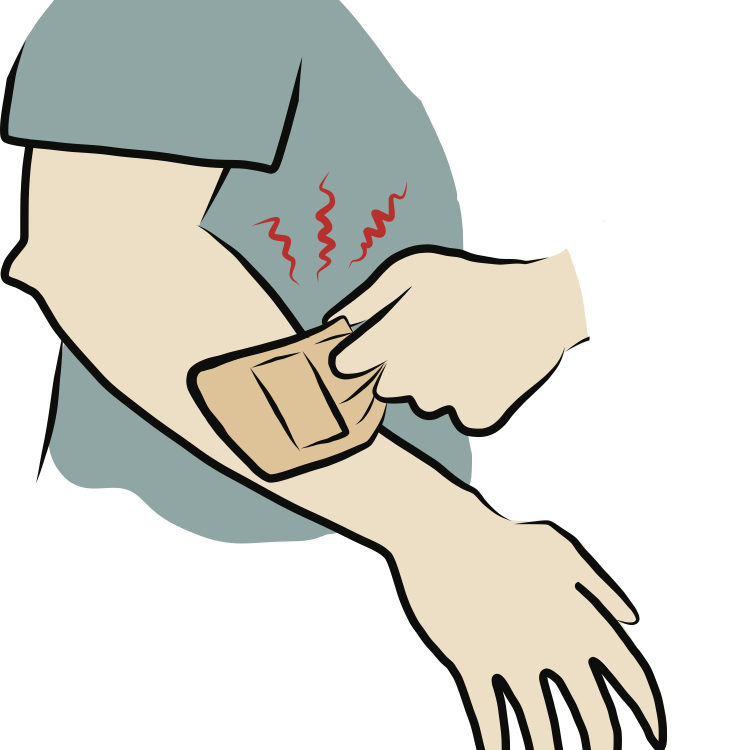COVID-19 and Workers’ Compensation. It’s the Indemnity Costs, Really

Through its inception in the early 1900s, nothing has quite tested the capabilities of worker’s compensation insurance. Seventeen states have taken steps to “extend workers’ compensation coverage to include first responders and health care workers impacted by COVID-19,” writes Josh Cunningham for the National Conference of State Legislatures. On the federal level, President Biden signed the American Rescue Plan Act of 2021 that would make “it easier for federal workers diagnosed with COVID-19 to establish coverage under the Federal Employees’ Compensation Act (FECA),” notes the U.S. Department of Labor.
But, what exactly was the impact that COVID-19 had on worker’s compensation. Well, according to a Mitchell report published on March 9, 2021, it may not be what you would have expected.
As a follow-up to a July 2020 study, Mitchell’s data shows that a majority of COVID-19 claims did not have medical expenses. Rather, it was primarily indemnity costs. Usually linked, these are cash payments for lost time. In regards to COVID-19, this meant that people weren’t seriously ill because they contracted the virus. Instead, they missed time at work because they had to quarantine — usually 14 days if they had close contact with someone with COVID-19.
Here’s what else the survey found after reviewing the workers’ compensation claims data from January 1, 2020, through December 31, 2020;
- Of all COVID-19-related workers’ compensation claims in 2020, only one-quarter incurred medical costs. The other 75% of COVID-19 claims only included indemnity costs.
- The “average total medical and indemnity cost of a COVID-19 workers’ compensation claim was $4,320.”
- Not surprisingly, those employed in “the healthcare industry sector were the largest source of COVID-19-related workers’ compensation claims in 2020.” Approximately “half of all COVID-19 claims and more than 6 times greater than any other single sector.”
- “Throughout 2020, the healthcare and transportation and warehousing sectors were the only groups with a major increase in total workers’ compensation claims reported compared to 2019.” Both of these industries experienced a 24% bump. A majority of industry sectors experienced a decline in the total number of claims.
Mitchell’s findings aren’t an outlier. Their data is consistent with what others within the industry have also reported. For example, in a June survey from Health Strategy Associates, respondents reported that a majority of claims, 96% to be exact, cost less than $3,500.
Again, this discrepancy between medical and indemnity costs could mean that nearly all of those who were exposed to the virus at work did not come down with a serious illness. However, because they were exposed, they took time off from work because they had to quarantine.
Overall, most COVID claims are low-cost. Maybe this is because only 5% of COVID-19 patients become critically ill. But, the death rate among COVID-19 patients is roughly 30.9%. However, if you’re a payer, you should still be prepared for an expensive claim — even if it’s rare After all, those with catastrophic cases of the disease may struggle with symptoms like neurological complications and organ failure, NCCI writes.
Between the number of people who are vaccinated and cases dropping sharply, it appears that the worst of the pandemic is behind us. As such, there may also be a decline in workers’ comp claims. The Health Strategy Associate’s survey shows that a majority of sectors experienced a decrease in workers’ comp claims in 2020. Most respondents stated that they saw a 25-50% drop in claims since March of 2020.
At the same time, as more people make their return to the office, there could be an increase in injury rates. Additionally, some care associated with workers’ comp care could have been put off until a later date due to the pandemic.
With that in mind, there’s a possibility that medical costs will remain low or gradually increase. To be prepared for the latter, here are ways that you can manage workers’ compensation exposure;
- Set up an Illness and Injury Program — incorporating the Occupational Safety and Health Administration’s seven core elements can help you draft this program.
- Hold regular safety meetings.
- Build a relationship with an occupational medical clinic that participates in your insurance company’s medical provider network
- Always pay for claims that qualify as “first aid.”
- Develop a post-accident response protocol
- Build a return-to-work program.
- Manage any open claims to make sure that treatment is proceeding.
- Understand your experience modification.
- Join a professional employer organization (PEO)
And, more importantly, choose and work with the right broker. Using a platform like Trustlayer allows you to automate the management and verification of certificates of insurance with AI & machine learning technology,



